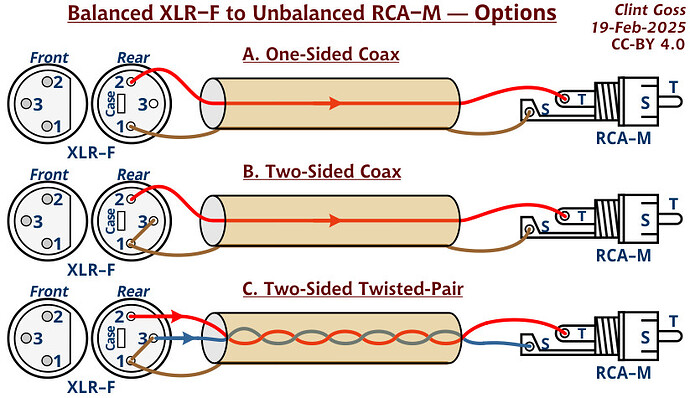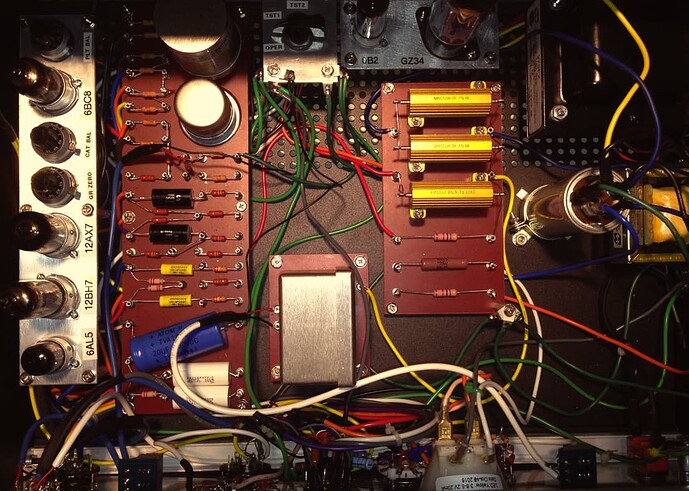OK, let’s stay pragmatic here and not overcomplicate things
Let’s get CMR out of the way first: CMR works by sending two reversed copies of the signal (“+” and “-”) to the destination and inverting the “-” part at that destination before summing again. That way, any additive outside interference is canceled out when it gets “summed in reverse”. Also, you get a higher signal level, since the “inverted -” and the “+” parts are added.
When you connect your equipment to an unbalanced destination, this “inversion and summing” part doesn’t take place, so the key mechanism for CMR rejection is missing. If there is any CMR rejection by connecting “-” to ground, this is just due to some of the reversed signal interfering with ground levels, kind of a “parasitical effect”. Honestly, in a live situation, I would completely ignore that and treat the connection as an unbalanced connection and be done with that. Keep the unbalanced connection short - or if it is a longer connection with risk of interference, use a balanced connection to your destination and then convert to unbalanced right before the destination using e.g. a DI box.
Generally, I wouldn’t worry too much about interference with line level signals (at least at typical stage cable lengths); that’s more critical with microphone level signals, where there is a bit of boosting involved at the destination…
Now on your scenarios: in both cases you are feeding an unbalanced input from a balanced output. In each case, the input can only deal with a “signal” and a “ground” - the “+” and “-” inversion and summation isn’t there. So the question is: can you simply connect the “+” signal to tip and the “ground” to sleeve and be done with it?
The answer to that lies in the construction of the balanced output. If you have an output stage that provides the “+” and “-” parts in isolation (independent of the rest of the circuitry), the “+” only makes sense vis-a-vis the “-”; it doesn’t have a clear reference to the “ground”, so just sending “+” and “ground” to your destination will be problematic. In this case, you’ll need to connect “-” and “ground”, so your unbalanced signal has a clear reference between “+” and “ground”. This is typically the case with transformer-balanced outputs, which are pretty rare and typically only used in high-level equipment (e.g. the UA 1176 compressor), not in your typical run-of-the-mill audio interface or mainstream mixer.
For transformer-balanced outputs, you definitely NEED to connect pins 1 and 3 on the XLR side to get a valid unbalanced signal. The advantage of transformer-balanced outputs: you don’t lose half of your signal strength that way, since the difference between + and - gets fed into your signal.
The more typical case for run-of-the-mill equipment (servo-balanced, active, electronically balanced, …) is that the output stage creates both the “+” and the “-” signal against the “ground” reference, so both parts of the balanced signal have a clearly defined reference against ground. In these cases, it is enough to simply pick the “+” and the “ground” signal and send them off to your unbalanced destination using an unbalanced connection. Connecting the “-” part of the signal to ground will effectively create a short between “-” and ground. Typical output stages should have sufficient output resistance that this shorting won’t hurt your equipment, but why run the risk of damage - I would leave the “-” part open in these cases.
So overall, you’d be best set with a “type A” cable for most typical situations. If there really is a transformer-balanced output involved somewhere, you can simply insert an adapter piece of XLR to XLR before your type A cable that connects 1 and 3 and presents the combined signal to your type A cable. Now you’re prepared for both cases - start with the type A cable, and if something doesn’t work out, insert the adapter.
And: since the mixer is your own equipment, you can test that ahead of time and reduce the “unknowns”.
Not sure about the signal from your other performer: is that a known piece of equipment that you can clarify and test before travelling to the gig? That way, all unknowns are resolved, and you can confidently pack what you need.
Cheers,
Torsten

